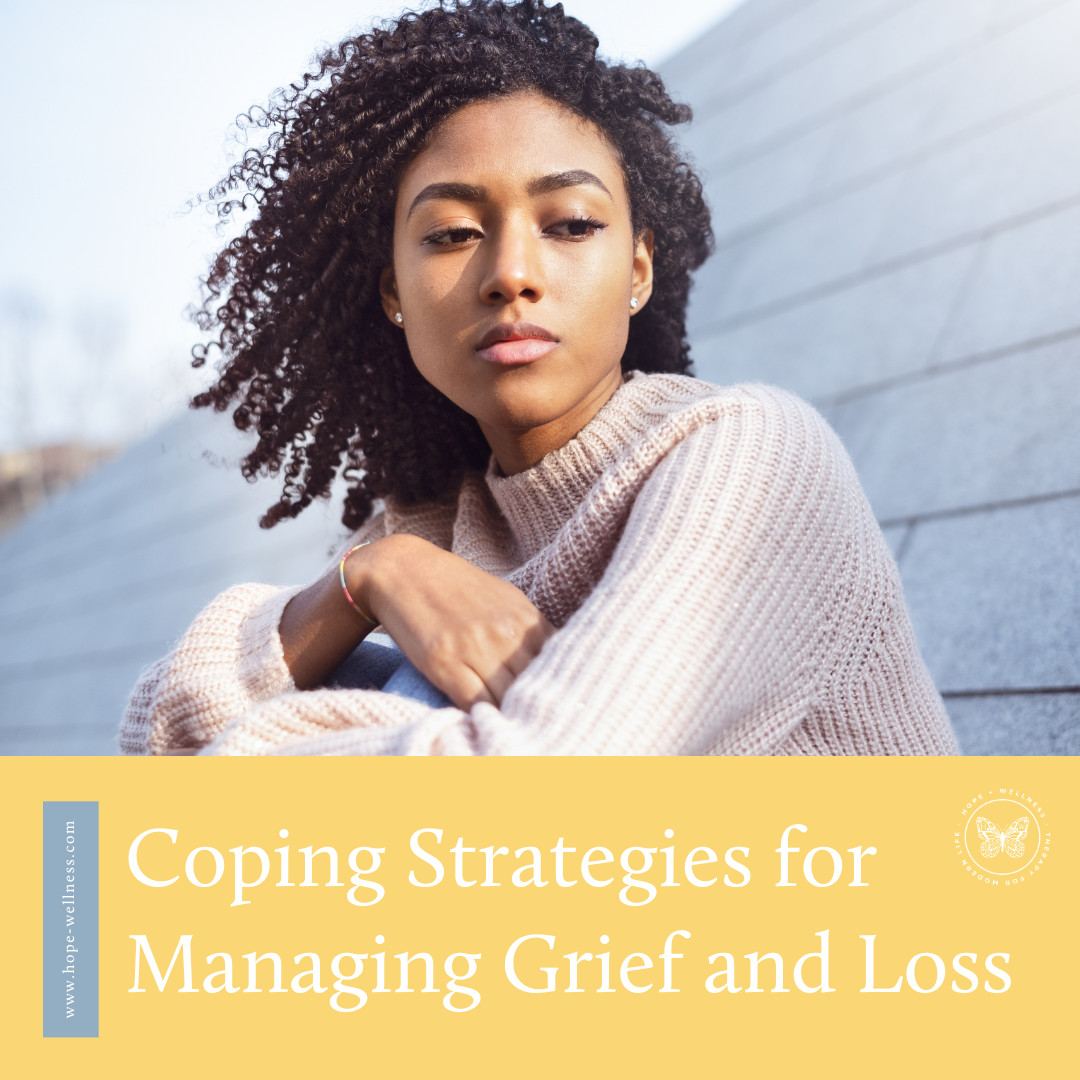How ADHD Presents In Adult Women
How ADHD Presents In Adult Women
Did you know that women experience ADHD at the same rates as men? The mainstream understanding of Attention-deficit/hyperactivity disorder (ADHD) is that it makes you hyper and unable to focus. However, that’s not the only way that ADHD manifests. Part of the reason that women are underdiagnosed with ADHD is that they typically experience symptoms in a less noticeable way. We also tend to think that ADHD is only diagnosed in kids because that’s what is the most common. It’s actually possible for someone of any age to be diagnosed with ADHD. Adults, women, and minorities might not have the “classic” type of ADHD so it’s not as obvious when it comes time to diagnose what is going on.
ADHD can present in multiple ways.
The most well known type is hyperactive/impulsive, which includes the “classic” symptoms mentioned above. This type is more common in men. Another type of ADHD is inattentive, which is more common in women and girls. The last type is a combination of the first two types. Hyperactive/impulsive ADHD can look like fidgeting, interrupting, constantly moving, restlessness, talking a lot, mood swings, and impatience. Inattentive ADHD can look like trouble focusing, forgetting, disorganization, and lack of attention to detail.
While the underlying disorder is the same in men and women, the way symptoms present tends to be different based on gender.
Another reason that women are underdiagnosed with ADHD is that the symptoms are explained away as personality traits instead of as symptoms. Think of the ways we describe girls: flighty, forgetful, spacey, daydreamer. These could all be a sign of ADHD, but instead these signs are often ignored or dismissed in girls and women. Sometimes women are diagnosed with anxiety or depression instead of ADHD when they reach out for help.
So how do ADHD symptoms present in adult women?
If you’re an adult woman and you’re wondering if you have ADHD, here are some signs to look out for:
Feeling overwhelmed by sounds and distractions, especially loud, crowded environments
Lack of self regulation and self-management
Being withdrawn and shy in social situations
A cluttered home or workspace
A disorganized at home or workspace
Feelings of inadequacy
Low self-esteem
Chronic stress
Feeling like you forgot something all the time
Having a hard time focusing in conversations
Excessive spending
Feeling like a bad friend or relative
Having a hard time relaxing
Feeling like you aren’t living up to your potential
Believing your life is out of control
Feeling shame for the way you cope
Many women with ADHD feel overwhelmed.
They feel like their lives are out of control, but they have a hard time sharing that with others. Day to day tasks may seem impossible when you’re struggling with ADHD. If you’ve been feeling overwhelmed constantly by your day to day life, ADHD could be the culprit.
Sometimes women experience co-occurring disorders with ADHD, which just means that another condition is also present along with the ADHD.
Some disorders that commonly coexist in women with ADHD are:
Substance abuse
Eating disorders
Sleep disorders
Mood disorders
Anxiety disorders
Sometimes these disorders cause symptoms that are similar to ADHD symptoms, so it can be tricky to diagnose what’s what. As you can see in the list above, sometimes the symptoms of ADHD look like other things, like depression or anxiety. However, understanding the full picture of what’s going on is important for treatment and to start feeling better.
The first step to feeling better is understanding what ADHD looks like in adults, especially adult women. Once you’re aware of what the signs are, you can be on the lookout for these symptoms and seek treatment when you notice them.
ADHD is very treatable, and you don’t have to be trapped in your overwhelm forever.
If you’re interested in an evaluation from a psychologist to determine if you have ADHD (or something else), you can get tested at Hope+Wellness. We will leave no stone unturned to look at questions you have but also questions you don’t even know you have — so that you can walk away from the evaluation with definitive answers you are seeking, along with a personalized roadmap ahead.









Sensory overload is especially common for people who are neurodivergent. Here are some tips for how to cope.